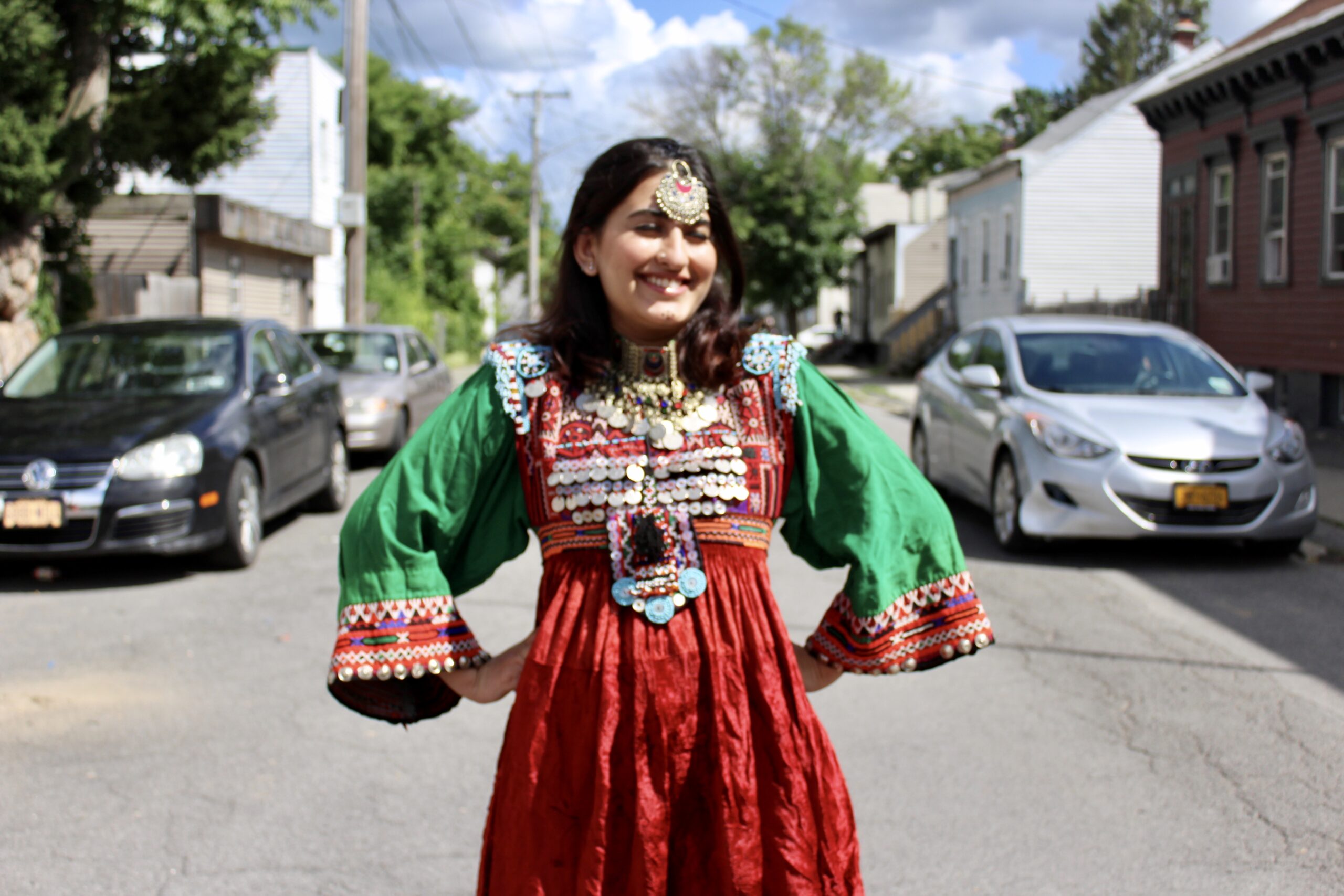
Comments and photos provided by the Refugee Center in upstate New York… The Heart of a Community Albany, New York is both the center of the capital region and home to a number of diverse communities. Organizations like the West Hill Refugee Welcome Center (RWC) work tirelessly to create opportunities for its members, as well […]
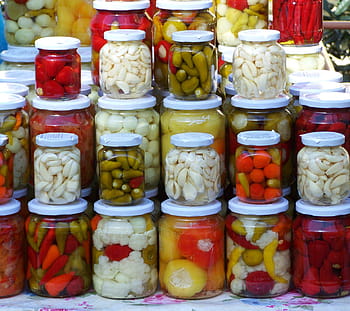
Coming from a family of at-home gardeners, we have always planted a summer garden. Typically, we grow herbs and vegetables such as basil, sage, tomatoes, and of course, cucumbers. Every summer, we plant cucumbers so we can make our family’s favorite – refrigerator pickles. Never heard of refrigerator pickles before? Essentially, they are homemade bread […]
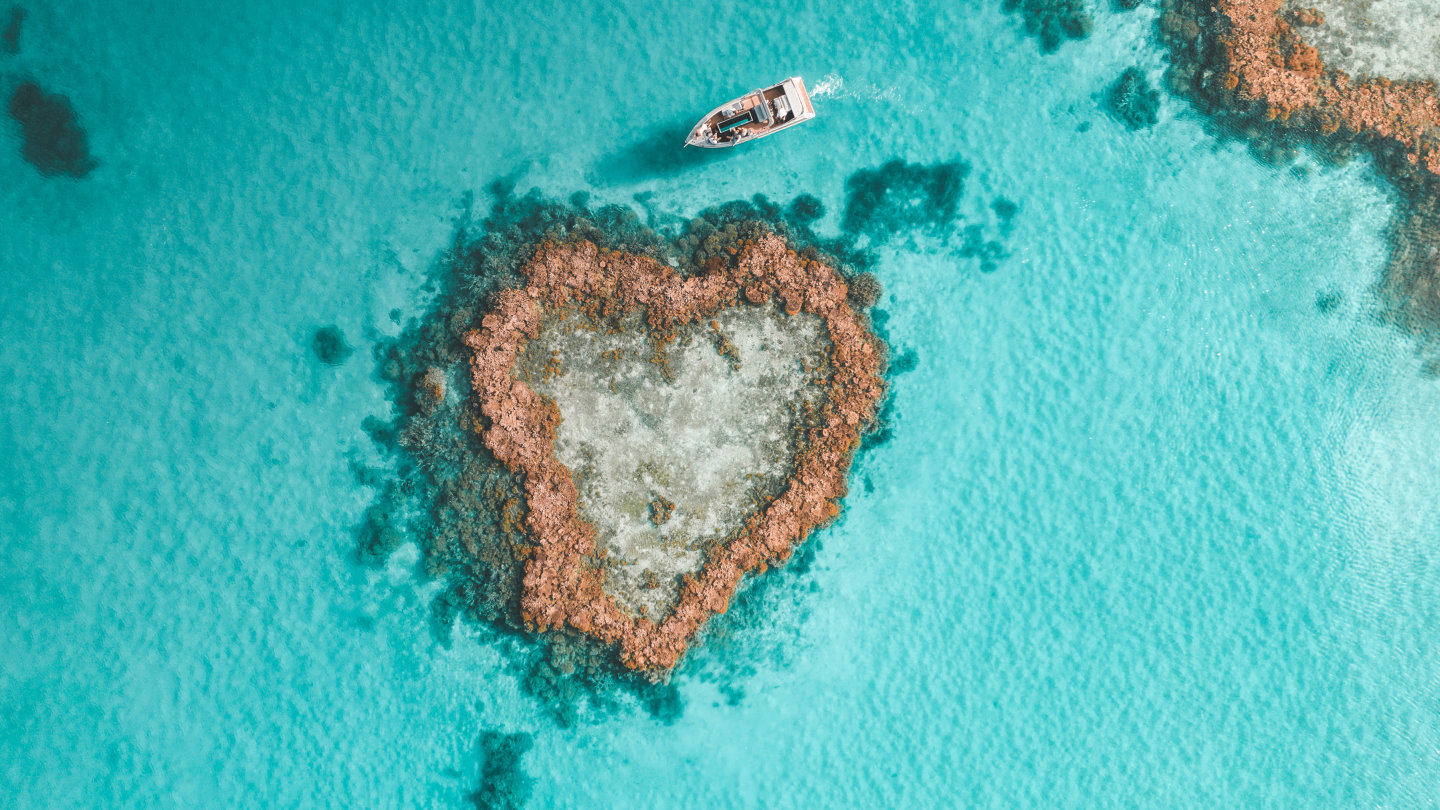
When you travel, interesting things happen. You may miss your flight, get almost arrested, find yourself communicating through signs, indulge in a whimsical cultural nuance, or forge lifelong friendships with total strangers. In the moment, you may feel anxious, frustrated, or pushed out of your comfort zone. Yet, when you look back and think about […]
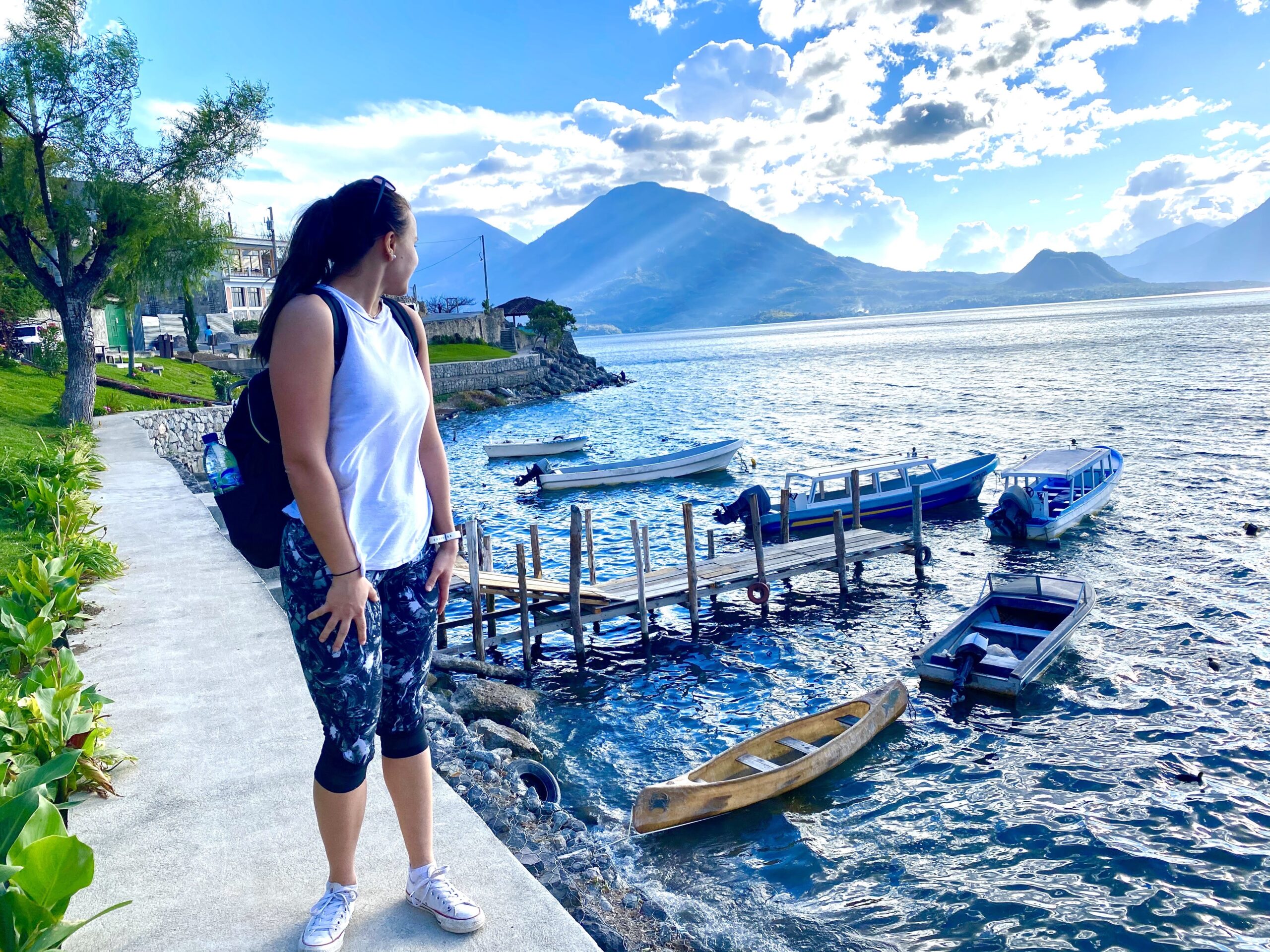
More than Just Memorable The more I travel, the more I find myself seeking meaningful, not simply memorable, travel experiences. This desire has taken me down the path of researching how to travel sustainably, considering the footprint that I have left on past trips, and even partaking in immersion travels where the focus is on […]
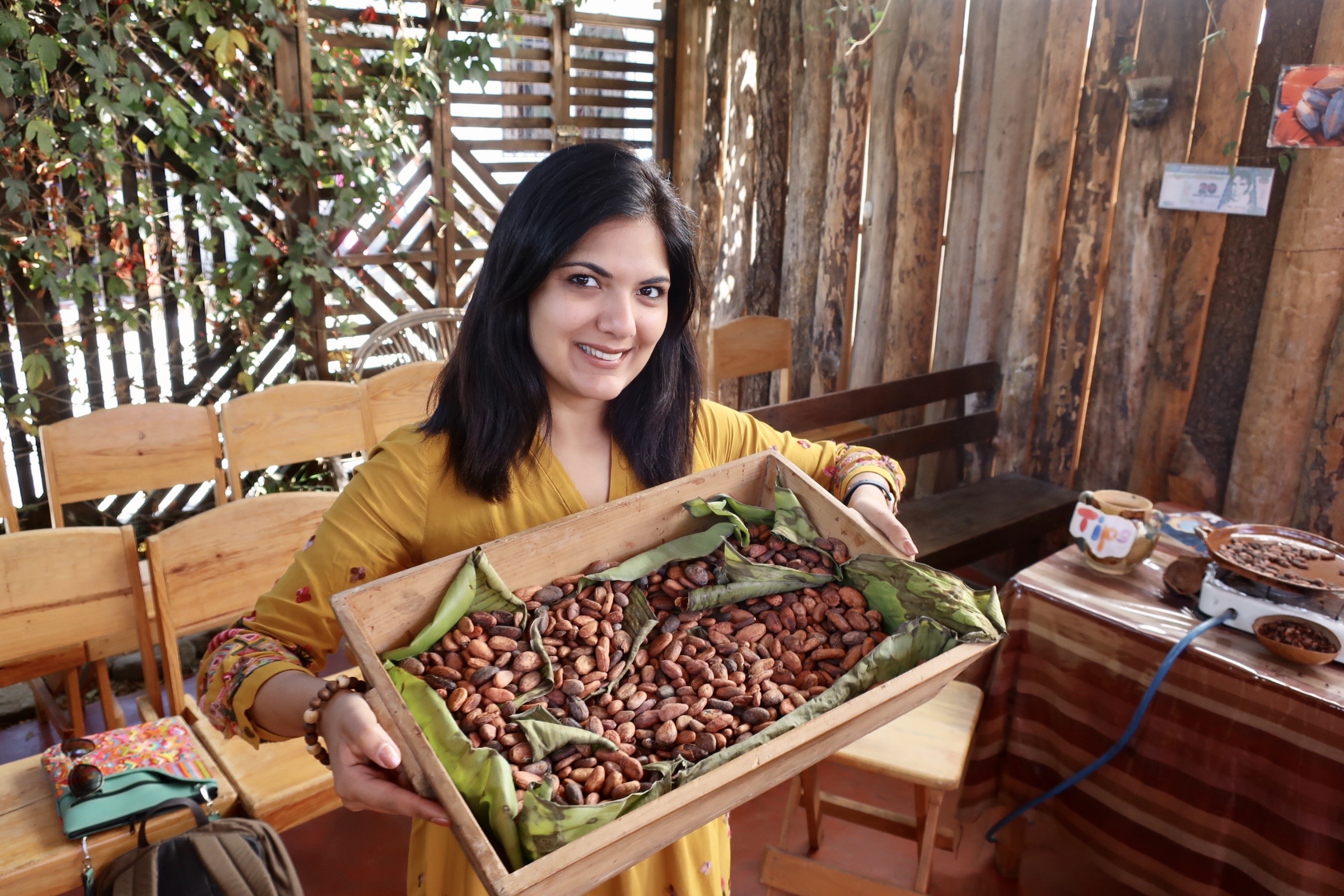
This idea of social responsibility is an important one, but its best practices can be sometimes hard to navigate. To help, I have applied the idea to my favorite beverage – coffee. Below are 5 easy ways to start socially responsible coffee habits today. Steps towards Socially Responsible Coffee Learn: What is Socially Responsible Coffee? […]